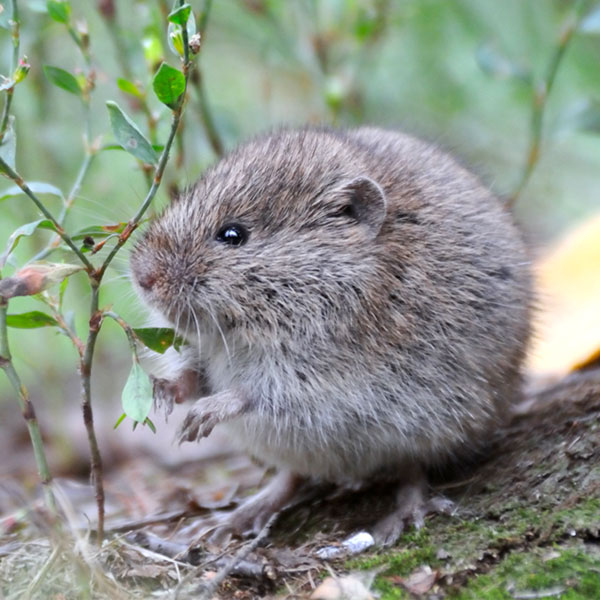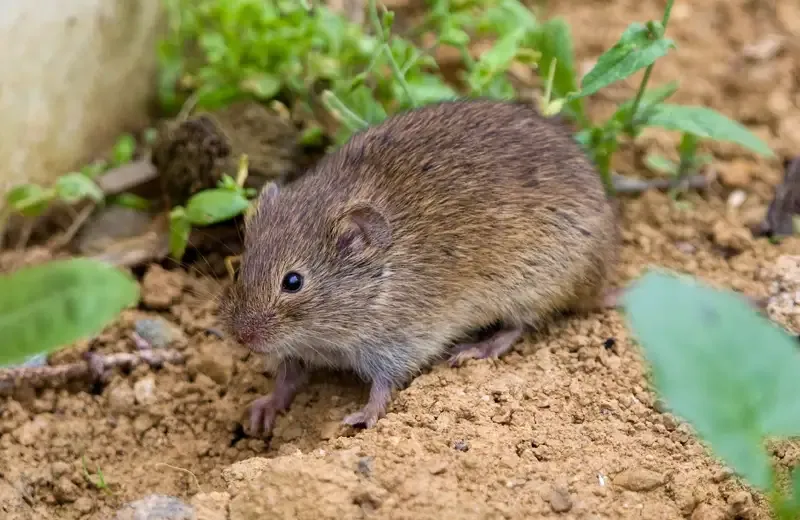Efficient Vole Control Solutions: Protect Your Property Today!
Wiki Article
Understanding Vole Bug Control: Thorough Insights on Invasion Prevention and Therapy Techniques
As homeowner and caretakers, the visibility of voles can pose a considerable difficulty to keeping the integrity of our outside spaces. Comprehending the intricacies of vole actions is critical in establishing reliable insect control techniques. By recognizing the subtle indicators of vole problem early, we can take aggressive measures to stop extensive damages. In this conversation, we will explore the subtleties of vole actions, look into the identification of infestation signs, and reveal one of the most efficient avoidance and treatment methods. Keep tuned to uncover the insights that will empower you to master vole bug control and safeguard your residential property against these elusive rats.Comprehending Vole Habits
Analyzing the foraging patterns of voles offers useful insights into their actions and environment preferences. Voles, small rodents looking like mice, are herbivores understood for their underground tunneling tasks. By observing their foraging habits, scientists can get a much better understanding of where voles choose to develop their environments and the extent of their ecological impact. Voles are respected dog breeders, with a solitary women capable of creating numerous clutters in a year, making it crucial to understand their behavior for reliable bug control techniques.
Research indicates that voles show careful feeding practices, favoring seeds, roots, and roots - vole lawn damage. This dietary preference affects their foraging patterns, leading them to locations rich in plants and ground cover. Furthermore, voles are recognized to create fancy passage systems for foraging and nesting purposes, indicating a high degree of versatility to their environments
Comprehending vole habits is necessary for executing targeted pest control steps that interrupt their environment preferences and foraging activities. By researching their habits, professionals can establish extra reliable avoidance and therapy techniques to manage vole problems.
Identifying Signs of Vole Problem
Vole problems can be found by recognizing certain indications of their existence in a location. One of one of the most common indications of a vole infestation is the existence of surface paths. Voles develop networks of narrow paths on the ground that are normally about two inches vast. These runways are commonly discovered in verdant areas or below compost or ground cover where voles can relocate openly and look for food.An additional key indicator of vole problem is the existence of tiny burrow openings in the ground. In addition, voles are known to leave behind chewed plant stems, roots, and light bulbs near their burrow openings, showing their feeding task in the area.
Locating these droppings along paths or near burrow openings can validate a vole problem. By being alert for these indicators, property proprietors can without delay attend to vole invasions and protect against more damages.
Executing Aggressive Prevention Measures
To properly alleviate the threats associated with vole infestations, residential or commercial property owners can proactively implement an array of preventative steps intended at protecting their landscapes visit homepage and yards. In addition, keeping yard locations tidy and reducing clutter where voles can hide or nest is essential in reducing their visibility.Moreover, utilizing all-natural vole deterrents like castor oil-based repellents or killer urine can work as effective safety nets. It is likewise a good idea to on a regular basis evaluate outside areas for any kind of signs of vole activity, such as runways or burrow openings, to resolve possible invasions promptly. By adopting these proactive prevention methods, residential property owners can considerably reduce the chance of vole damage and maintain the wellness and visual appeals of their landscapes.
Efficient Treatment Approaches
Integrating targeted trapping techniques and using accepted rodenticides are important elements of effective therapy methods for managing vole infestations. Capturing can be a reliable way to lower vole populaces, specifically when placed purposefully in their active runways. Break traps and live traps can both work, with the latter permitting the capture and relocation of voles. When using rodenticides, it is essential to comply with safety and security guidelines to stop injury to non-target animals and pets. Area rodenticides in protected bait stations to lessen risks to unintentional targets. Additionally, environment modification, such as decreasing ground cover and eliminating resources of food, can assist hinder voles from infesting an area. Normal monitoring and upkeep are additionally key elements of successful site therapy approaches to make certain that vole populaces are maintained under control. By integrating trapping, rodenticides, environment modification, and consistent monitoring, reliable vole bug control can be accomplished.
Monitoring and Upkeep Tips
Preserving a methodical timetable for surveillance and conducting regular maintenance activities is critical to maintain the effectiveness of vole bug control procedures. Normal monitoring enables the early discovery of vole task, allowing timely intervention prior to infestations worsen. To effectively monitor vole populaces, purposefully placed traps can be used in vole paths or near burrow entrances. By consistently inspecting these traps, home owners can determine the level of vole activity and readjust control strategies as necessary.Furthermore, keeping a clean and clean landscape is vital in vole prevention. Clearing away debris, such as heaps of timber or dense plant life, eliminates possible vole environments. Consistently mowing yards and trimming plant life helps in reducing vole hiding areas and lessens their accessibility to food sources.

Verdict
Finally, understanding vole pest control needs a solid understanding of vole behavior, the capability to determine signs of infestation, carrying out aggressive avoidance procedures, effective therapy strategies, and regular monitoring and maintenance. By taking a thorough approach to vole control, people can successfully manage and avoid infestations, inevitably protecting their property and surrounding environment from damage brought on by these little rodents.In this conversation, we will certainly discover the subtleties of vole behavior, delve into the identification of problem signs, and discover the most efficient prevention and therapy approaches.Including read more targeted capturing methods and utilizing authorized rodenticides are necessary elements of effective therapy strategies for taking care of vole problems. To effectively keep an eye on vole populaces, strategically positioned traps can be made use of in vole paths or near burrow entries. Inspecting and fixing any damages to these frameworks makes certain that vole control stays efficient in guarding residential properties from invasions. By incorporating these surveillance and maintenance methods into a comprehensive vole insect control strategy, people can efficiently manage vole populations and protect their homes from damages.
Report this wiki page